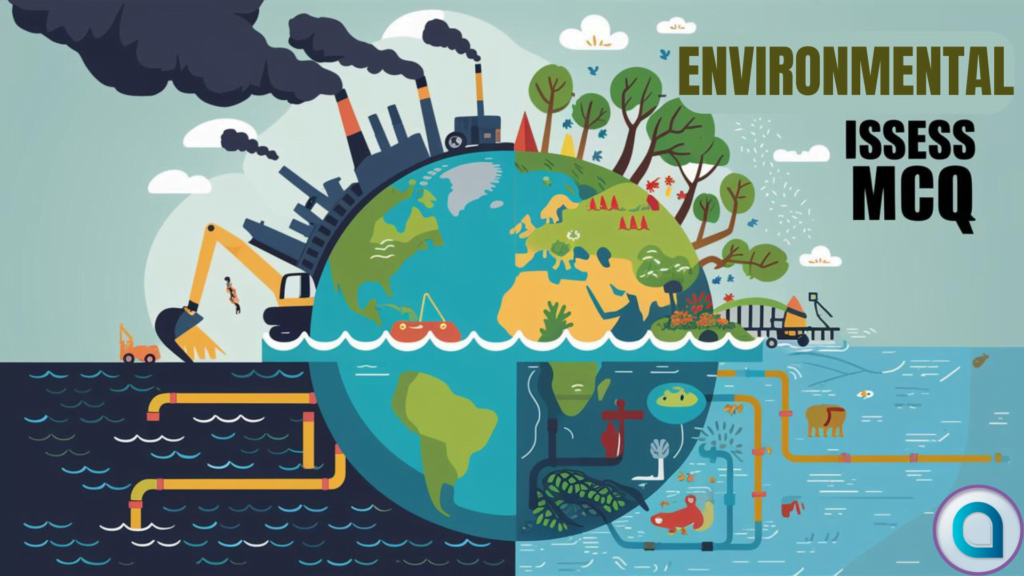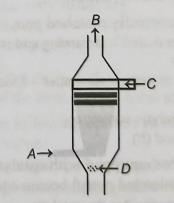
Environmental Issues NEET Questions with Answers
Environmental issues contain a range of problems that threaten the health of our planet and its ecosystems. These include deforestation, which leads to the loss of biodiversity and disruption of water cycles; air and water pollution, which contaminate natural resources and harm living organisms and climate change, driven by greenhouse gas emissions that result in global warming and extreme weather events. Each of these issues is interlinked, creating a complex web of challenges that affect not only wildlife but human health and livelihoods as well.
Addressing environmental issues requires a multifaceted approach, combining individual actions with policy changes and technological innovations. Sustainable practices, such as reducing waste, conserving energy and protecting natural habitats can mitigate some of the damage.
| NEET 2025 Exam Important Links | |
|---|---|
| NEET 2025 Updated Syllabus | How to read NCERT Biology for NEET |
| Biology Preparation | NEET Eligibility Criteria 2025 |
| NEET Preparation tips for 2025 | NEET Result 2024 |
Environmental Issues NEET Questions with Answers
In the NEET syllabus, understanding environmental issues is important because it highlights the significant impact these challenges have on public health and ecosystems. Topics such as pollution, deforestation and climate change are integrated into the curriculum to illustrate how environmental factors directly influence human well-being and disease patterns. For instance, air pollution can exacerbate respiratory conditions, while water contamination can lead to a range of waterborne diseases.
Environmental Issues NEET Questions with Answers
\( \mathrm{CO}_{2} \) is a quantitative as well as a primary pollutant.

Choose the most appropriate option to fill in the blank.

Enhance your preparation with Arexiq’s Mock Test Series where we provide solutions to various MCQs like we provide in this post “Environmental Issues NEET MCQ”. Our expert teachers explain the concepts thoroughly, making it easy for you to understand. We offer many types of questions ensuring a clear grasp of concepts.
FAQs
- Why are environmental issues important for NEET students to study?
Answer. Understanding environmental issues is essential for NEET students because these issues have a direct impact on human health and ecosystems. Topics like pollution, climate change, and resource depletion are linked to various health conditions and diseases, which are important for future medical professionals to recognize.
- What specific environmental issues are covered in the NEET syllabus?
Answer. The NEET syllabus includes topics such as air and water pollution, deforestation, climate change and the loss of biodiversity. These issues are explored to show their impact on health and ecosystems.
- How do environmental issues impact human health?
Answer. Environmental issues like air and water pollution can lead to respiratory and cardiovascular diseases, as well as waterborne illnesses. Climate change can exacerbate health problems through increased incidence of heatwaves, vector-borne diseases, and extreme weather events.


